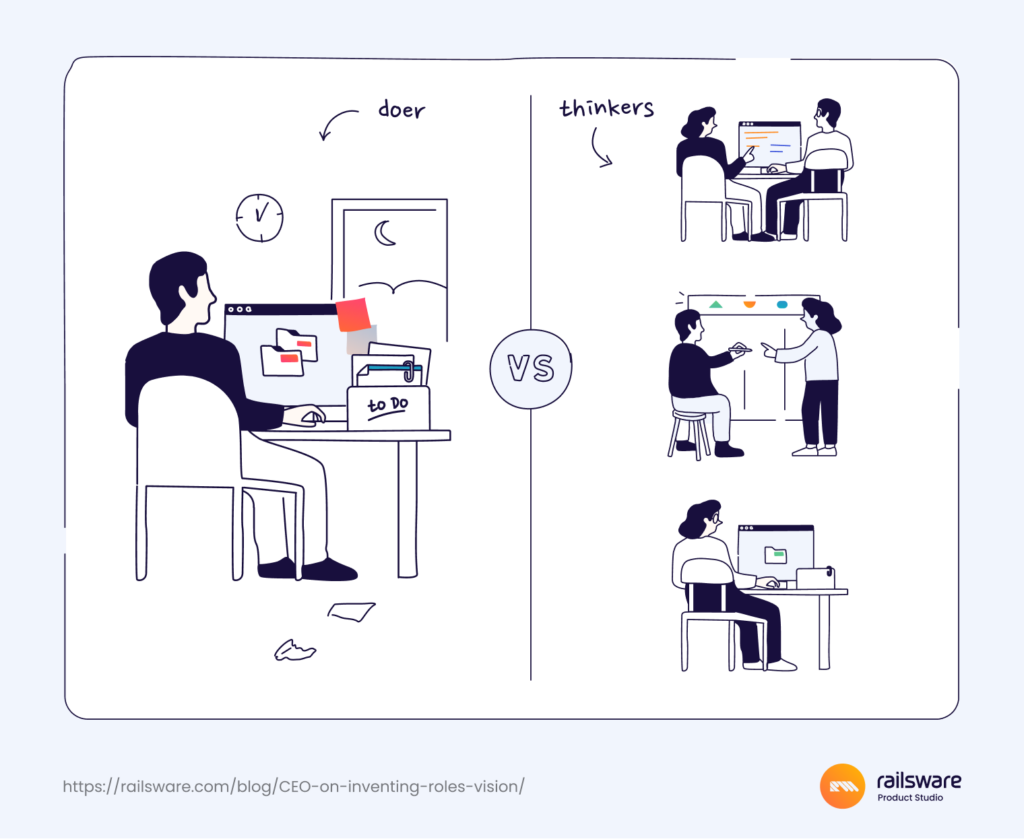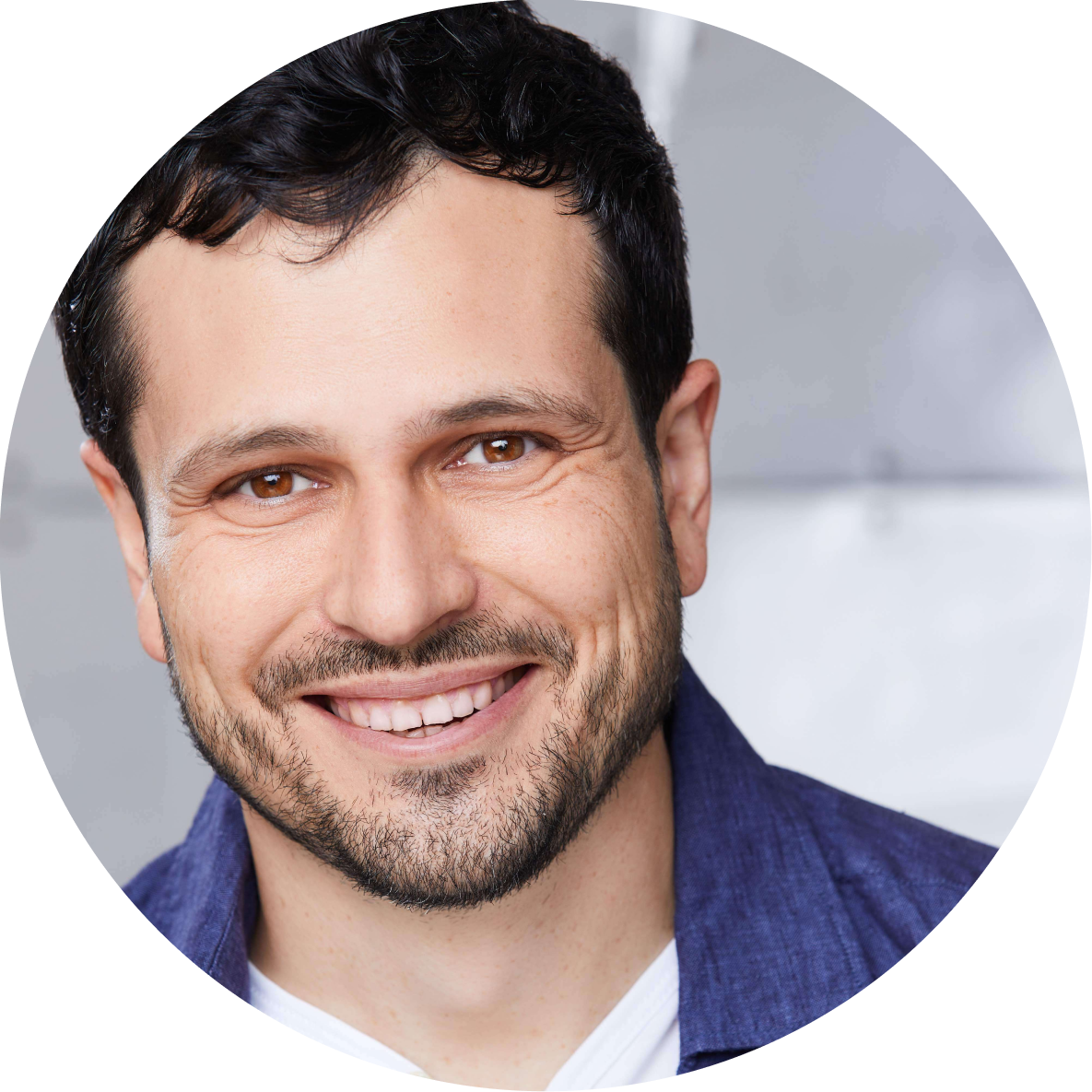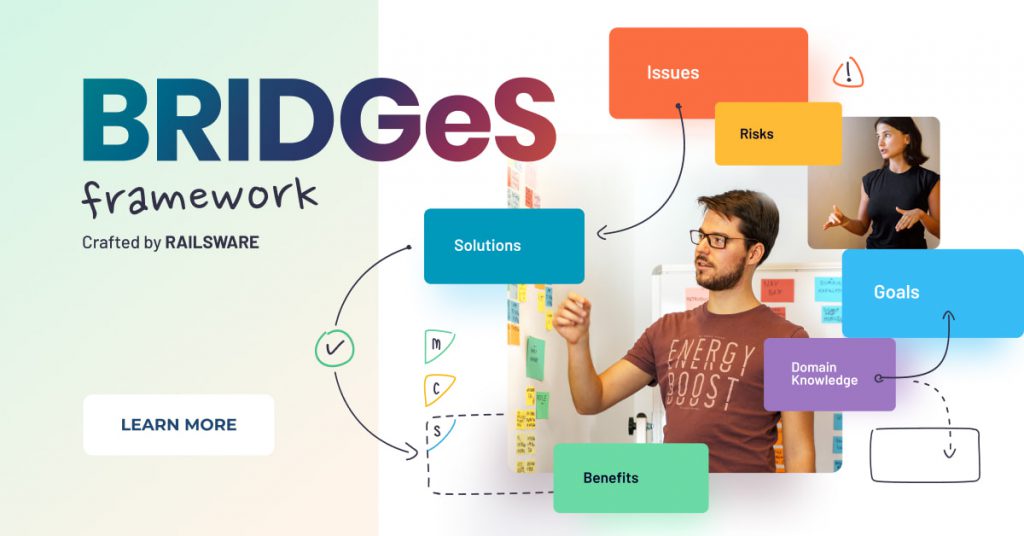Over the past 16 years, Railsware has evolved from a small engineering firm into a thriving product studio. How we got here isn’t exactly a mystery, but it wasn’t a straight path, either. What entrepreneurial journey ever is?
Our desire to share our story with the world is what led our CEO, Yaroslav Lazor, to appear on the SaaS Fuel podcast a short time ago. He discussed Railsware’s emergence as a product studio, our products, people, and company culture, and the frameworks we use for innovation: BRIDGeS and theHeart.
Here’s the interview in full:
Don’t have time to listen? We’ve rounded up a few of our favorite highlights from the episode. Keep reading for a breakdown of the top takeaways…
Creating the right team for a product studio
Railsware is a product studio, meaning, we don’t just build software for clients. We design, manage, and grow our own products. When we first started out, this kind of tech company wasn’t common in Ukraine (spoiler: it still isn’t). So, in the early days of growing our team, the talent pool was limited. While searching for product-oriented professionals, we had to invent a lot of roles.
Out of necessity, Yaroslav temporarily adopted some of those roles (like Finance Director) along the way. He explained how these hands-on experiences helped him nurture a fast-growing, remote team:
“First you learn how they work, what they do, what they don’t do, where they need support, guidance, and so on. Then chaos turns into understanding, and you know how to manage (people).”
These days, we hire from all over the world, but we still don’t follow an industry template on who to hire next. For example, we recently hired a BI Engineer for our Coupler.io product, because we needed someone with expertise in several areas: business intelligence, data analysis, and software engineering.
Hiring thinkers rather than doers
When it comes to hiring the right people, we value t-shaped professionals with a passion for their craft. “I don’t think ‘doers’ fit well in our company,” Yaroslav told Jeff Mains. “We prefer thinkers, great executors; people who know how to collaborate.”
In our estimation, thinkers are naturally curious people. They take the initiative and stay accountable for the results. On the other hand, doers require a lot of guidance and task delegation from higher-ups. Their contributions often lack creativity.

At Railsware, we encourage individuals to diversify their skill sets, contribute to a variety of projects, and keep an open mind. We regularly collaborate on tasks. Pair programming is one of our core practices, and we do pair work within other functions (e.g. marketing, design) too.

Yaroslav Lazor
Railsware CEO & Co-Founder
All of our engineers are product engineers. They can write their own stories and dive into the product and get excited…to understand what they’re building – rather than just sit there and write code.
Getting everyone on the same page
Yaroslav also briefly introduced one of our key approaches to product development and team alignment. We call it finding ‘theHeart.’
Oftentimes, when a development team starts building something new, they design what they know (login screens, admin UI, profile settings, etc). They try to bring the founder’s vision to life, one way or another. However, this approach can waste resources and opportunities for innovation.
To identify theHeart – the key focus – we ask ourselves: “What is the most important aspect (of this product) that would anchor our huge vision? What would make the software useful today, tomorrow, or the day after?” And we start working on that.
Yaroslav shared the example of Calendly, an appointment scheduling platform we’ve helped our client bring to life. Early on, we identified the booking page as theHeart.
We built a simple booking page using the founder’s calendar and hard-coded time zone. Everyone saw it and was like, okay, we get it now. We understand what we’re trying to build. And (as we built) the second page, the third page, the fourth page, it all kind of made sense.

Yaroslav Lazor
Railsware CEO & Co-Founder
Finding ideas and defining vision
As the conversation shifted to how our teams generate and choose the best ideas, Yaroslav explained that it “comes down to our culture.”
Early on, we adopted a holacratic or ‘flattish’ organizational structure at Railsware. This cultivated an open feedback culture, and we encourage people to challenge the status quo. There are no strict hierarchies, no micromanagement, and no such thing as a bad idea. Seniority doesn’t count for much in our collaborative sessions. As Yaroslav stated, “We believe that the best ideas should always win.”
Using BRIDGeS to find the best ideas
Our love for collaboration (and solution finding) gave rise to BRIDGeS – a flexible framework for multi-context decision-making. As Yaroslav says, “A BRIDGeS session is the perfect place for anyone to drop ideas.”
In a BRIDGeS session, we gather up to 12 subject matter experts around a (virtual) whiteboard and split the board into 2 parts: Problem Space and Solution Space. We identify a subject and use colored cards and descriptors (Benefits, Risks, Issues) to dive deep into the problem context. Then we prioritize all the cards using Dai Clegg’s MoSCoW framework, and move our findings into the Solution Space. Finally, we brainstorm potential high-level solutions that address each of our problem cards.

How does BRIDGeS bring clarity to team brainstorming and decision-making? Yaroslav explained: “When people express ideas, they often mean a lot of things at the same time,” i.e., benefits and risks associated with the idea, as well as any domain knowledge they have.
Writing and displaying it on the board removes a lot of abstraction. The team goes: “Oh, that’s what you mean,” and eventually, through further discussion, they synchronize on a single vision.
End of tape
That’s a wrap on our highlights from Yaroslav’s interview for SaaS Fuel. Want to hear more about our product studio evolution, hiring processes, the beginnings of Calendly and Coupler.io, and the time-saving BRIDGeS framework?
Scroll to the top of this article and hit play on the podcast episode – we promise it won’t disappoint!